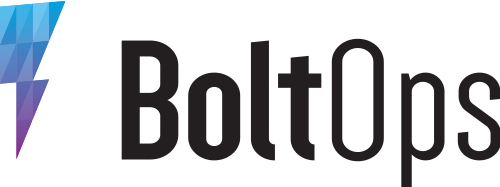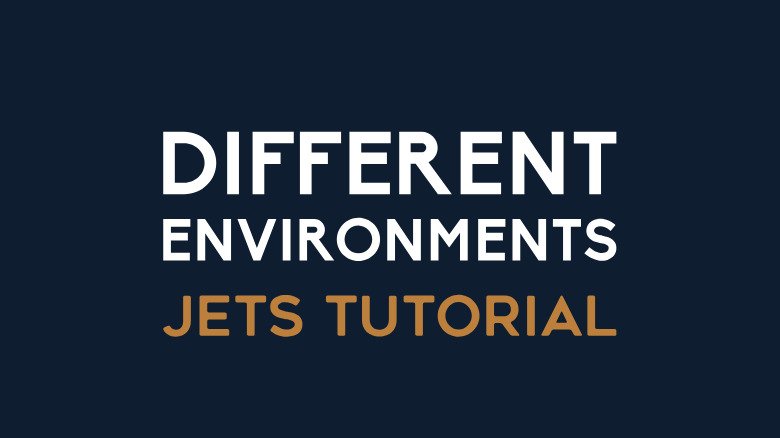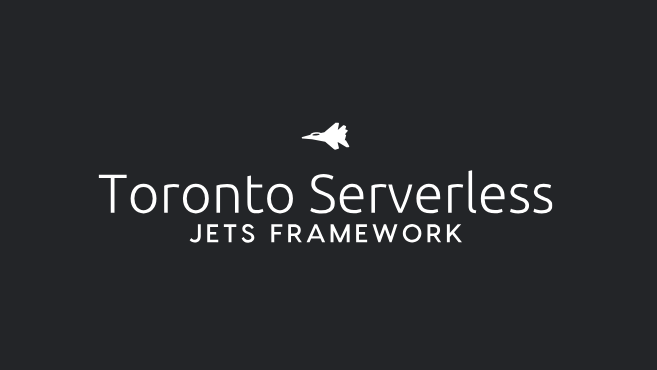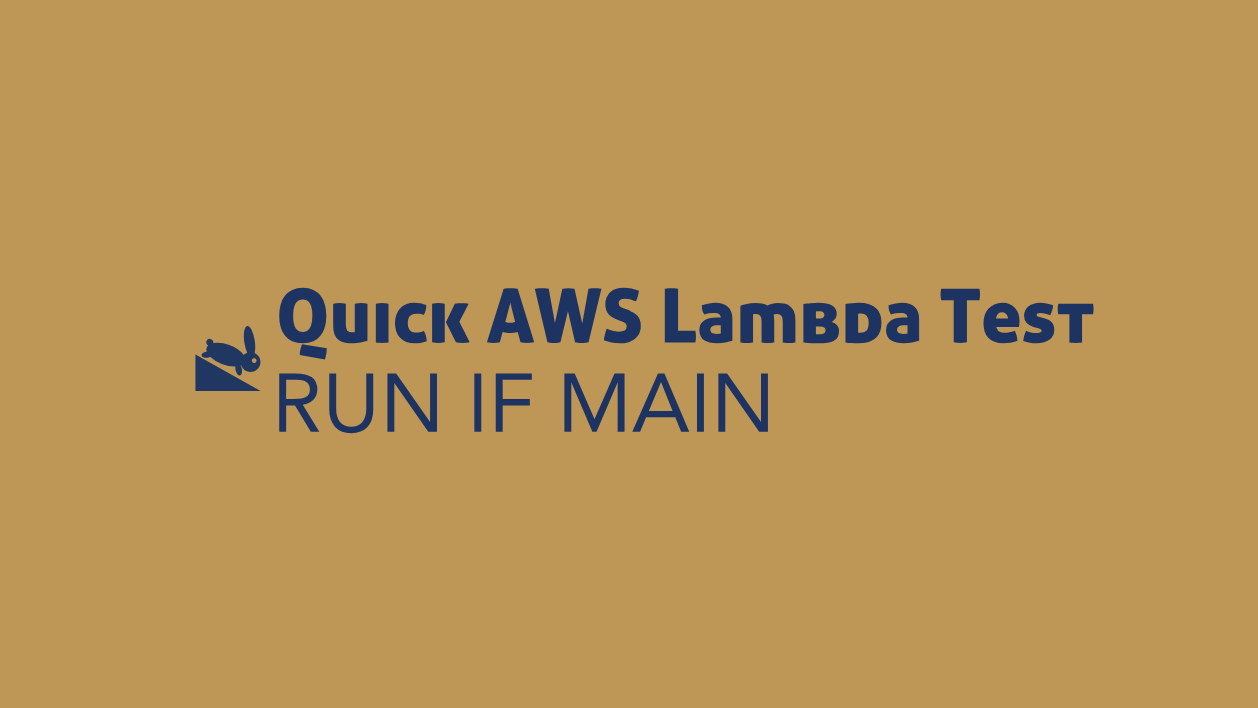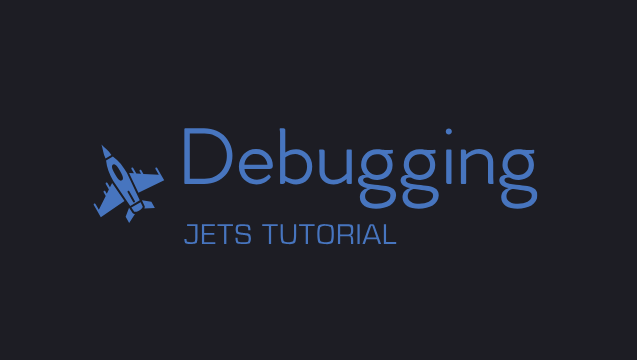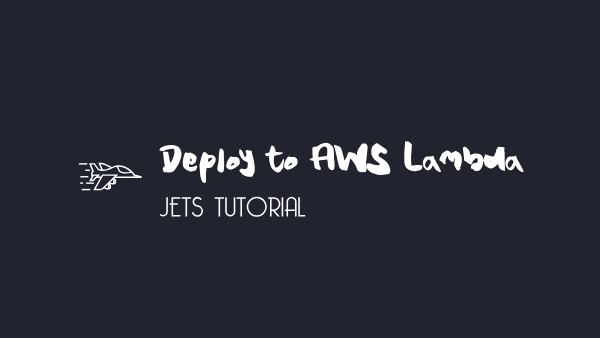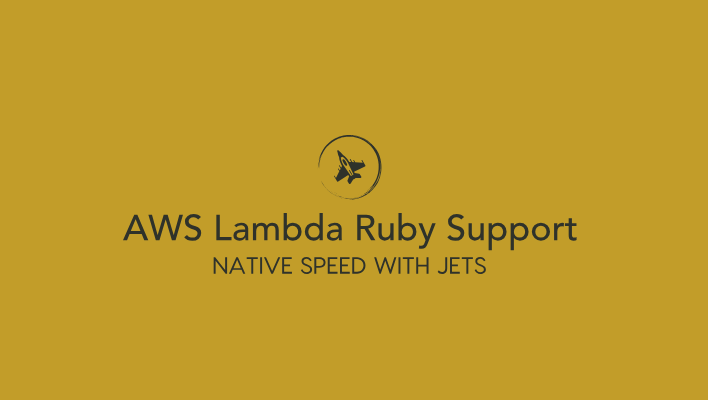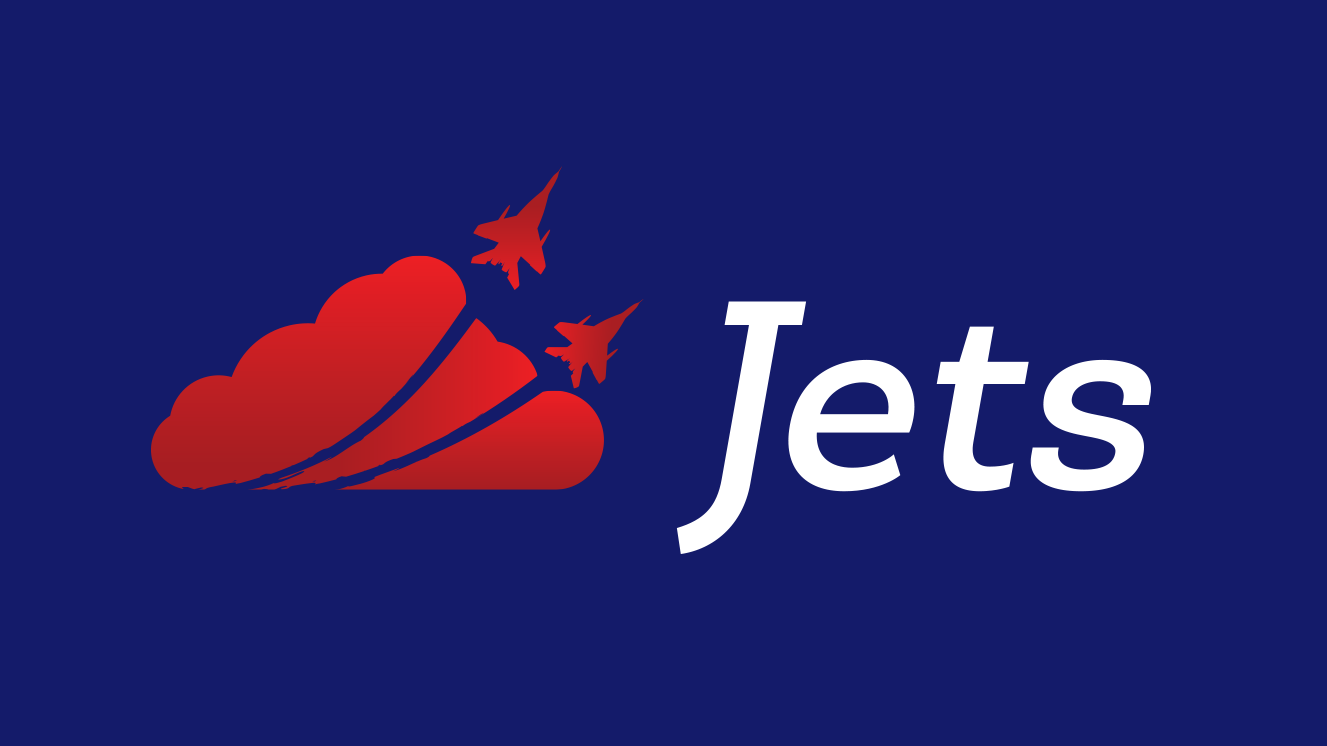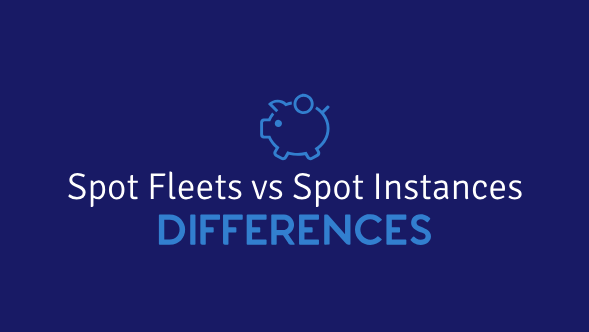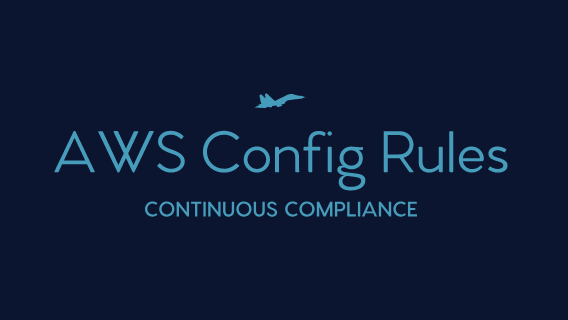
Continuous Compliance: AWS Config Rules Introduction
 Tung Nguyen
·
September 28, 2018
·
3 min read
Tung Nguyen
·
September 28, 2018
·
3 min read
AWS is one of the greatest things since sliced bread. It empowers engineers to get things done quickly by enabling them to take control of the steering wheel and drive. With a simple AWS account, engineers can create resources, update security groups, and deploy their applications in rapid-fire fashion. The ease and power of AWS might make it seem like a security nightmare, but it’s actually the opposite. AWS provides the tools and controls to ensure everyone is following best practices, allows to you achieve a hardened security posture, and take compliance to a level that was never even thought possible before AWS: continuously.
Read more →

